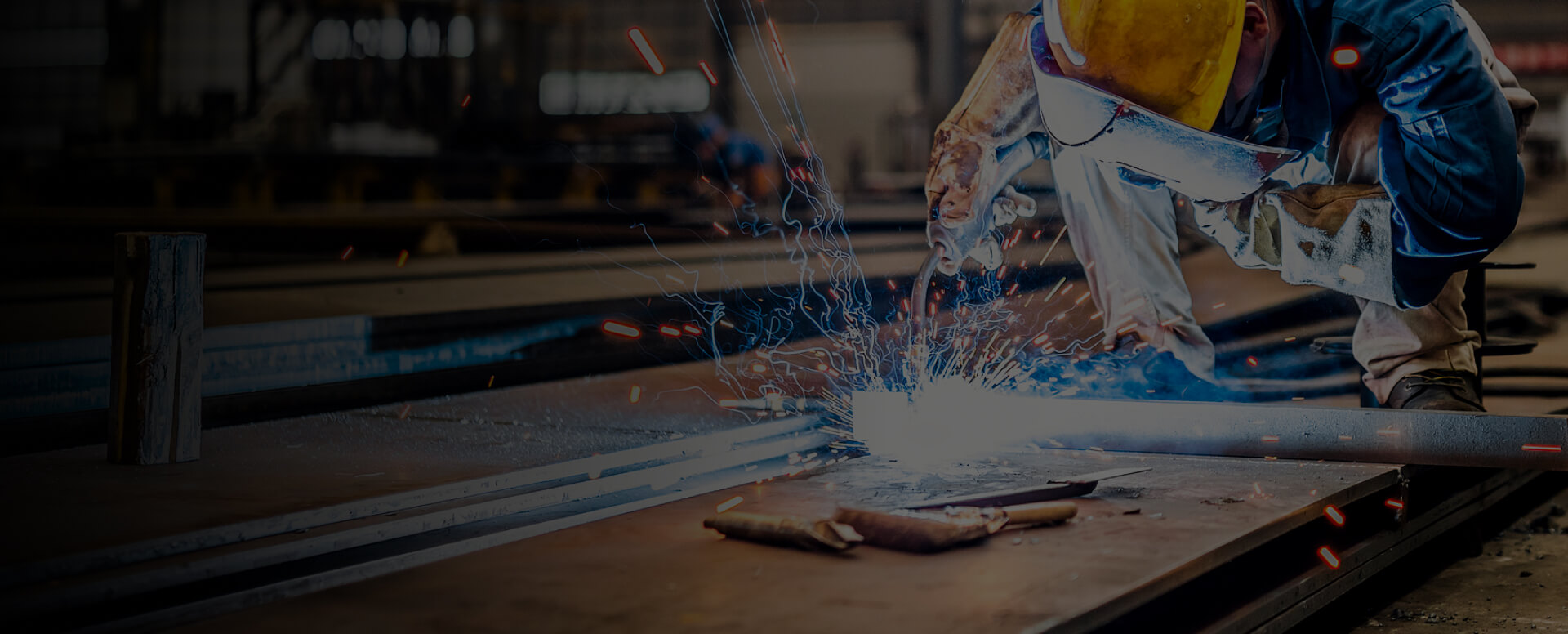
Understanding MIG Welding Costs: A Detailed Breakdown
The cost of MIG welding can vary significantly depending on the scale and complexity of the project. For small DIY tasks, expenses may be relatively low, with basic equipment ranging from 400 to 2000. In contrast, large commercial or industrial projects often require more advanced machinery, higher-quality materials, and skilled labor, leading to substantially higher costs. Ongoing expenses such as welding wire, shielding gas, and equipment maintenance also contribute to the total investment. Ultimately, whether MIG welding is considered expensive depends on specific project requirements and budget constraints.
Detailed Cost Breakdown of MIG Welding
1. Equipment Costs
MIG Welder: Prices range from 400 to 2,000 based on brand, power output (typically 100–600 amps), and features.
Safety Gear: Essential items include an auto-darkening helmet (50–300), gloves, and safety glasses.
Maintenance: Annual upkeep costs approximately $100, depending on usage.
2. Material Costs
Welding Wire: A spool of 0.035-inch ER70S-6 wire costs around $25.
Shielding Gas: An 80% argon/20% CO₂ mix refill is roughly $50.
Base Metal: For example, a 4' x 8', ¼-inch thick steel sheet costs about $100.
3. Labor Costs
4. Operational Costs
Electricity: A 200-amp MIG welder running at 20% duty cycle consumes ~6 kWh/hour, costing about 0.72/hour(at 0.12/kWh).
Workspace: Renting a commercial welding space can cost 1,000–5,000 monthly.
Ventilation: Professional ventilation system installation averages $3,000.
Factors Influencing MIG Welding Costs
Skill Level: Apprentice welders earn ~15/hour; certified specialists can command 30/hour.
Material Type/Thickness: Stainless steel costs more than mild steel. Thicker materials require more time and wire.
Project Scale/Complexity: Longer timelines, specialized certifications (e.g., ASME), or advanced equipment increase expenses.
MIG Welding vs. Other Methods: Cost Comparison
MIG vs. TIG Welding
Equipment: MIG welders (400–2,000) are generally cheaper than TIG systems (800–5,000).
Labor: TIG requires more skill, with welders earning ~26/hour vs.MIG's20/hour.
Speed: MIG is faster, reducing labor time and costs.
Materials: TIG often uses costlier filler rods (~20/lb)compared to MIG wire( 6/lb).
MIG vs. Stick Welding
Equipment: Stick welders (200–800) are less expensive.
Consumables: Stick electrodes (~$10/lb) are pricier than MIG wire.
Efficiency: MIG completes projects faster, reducing labor hours.
MIG vs. Flux-Cored Welding
Equipment: Similar pricing (500–2,500).
Materials: Flux-cored wire (~$8/lb) costs slightly more than solid MIG wire.
Versatility: Flux-core is better for outdoor/windy conditions without external gas.
Conclusion
MIG welding offers a cost-effective solution for many applications, particularly for DIY and medium-scale projects. While initial equipment and material costs are manageable, larger industrial endeavors require significant investment in machinery and skilled labor.
Related Articles

Metals Suitable for MIG Welding And Its Challenges
MIG welding, also known as Gas Metal Arc Welding (GMAW), is widely used across industrial and hobby applications due to its versatility and ability to join a variety of metals. However, some metals—including titanium alloys—pose challenges due to their reactive nature and other inherent properties.C

Introduction To Plasma Cutting Torch
Components of a Plasma Cutter TorchA plasma cutting torch consists of several key parts, including the electrode, nozzle, swirl ring, shield, and electrical and gas supply components. Each plays a critical role in ensuring precise and efficient cutting.Core Components1. ElectrodeThe electrode serves

What Materials Are Not Suitable for Plasma Cutting?
Materials Suitable and Unsuitable for Plasma CuttingPlasma cutting is a process that uses an accelerated jet of hot plasma to slice through electrically conductive materials. While it excels with metals like steel, aluminum, brass, and copper, it is not suitable for non-conductive substances such as

Plasma Welding: Applications, Benefits, And Industry Use Cases
Plasma welding is widely used in industries such as aerospace, automotive, and electronics due to its ability to deliver precise and high-quality welds.History and Development of Plasma WeldingThe quest for effective material joining has driven innovation for centuries. Welding, in its many forms, h

TIG Welding: Key Drawbacks And Comparisons with Other Methods
TIG Welding: Key Drawbacks and Comparisons with Other MethodsTIG (Tungsten Inert Gas) welding, also referred to as GTAW (Gas Tungsten Arc Welding), is known for producing high-quality and precise welds. However, it comes with notable limitations, including high skill requirements, slower operating s

Why Is Overhead Welding Considered The Most Challenging Position?
Due to issues with accessibility and the effect of gravity, overhead welding is widely regarded as the most difficult welding position.Overview of Welding PositionsWelding positions define the orientation of the weld relative to the workpiece and significantly influence both the ease of welding and

